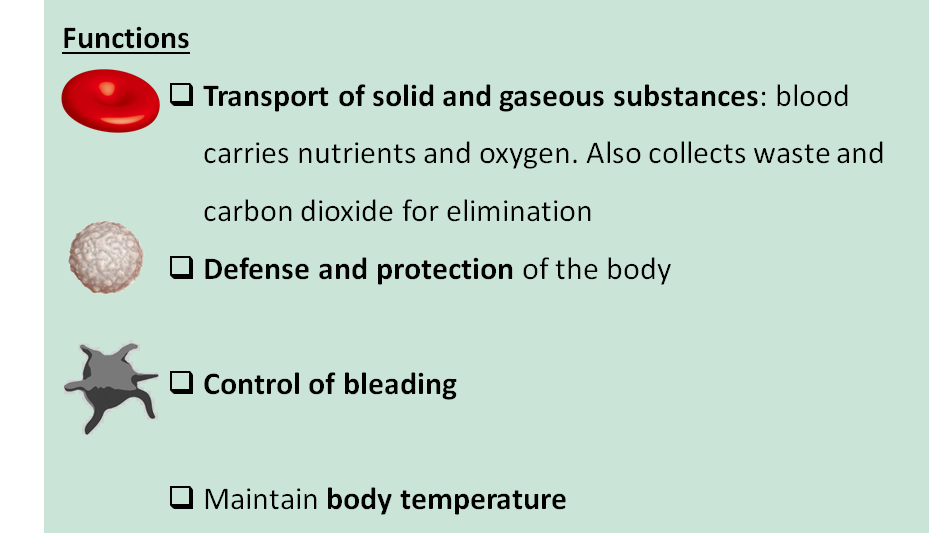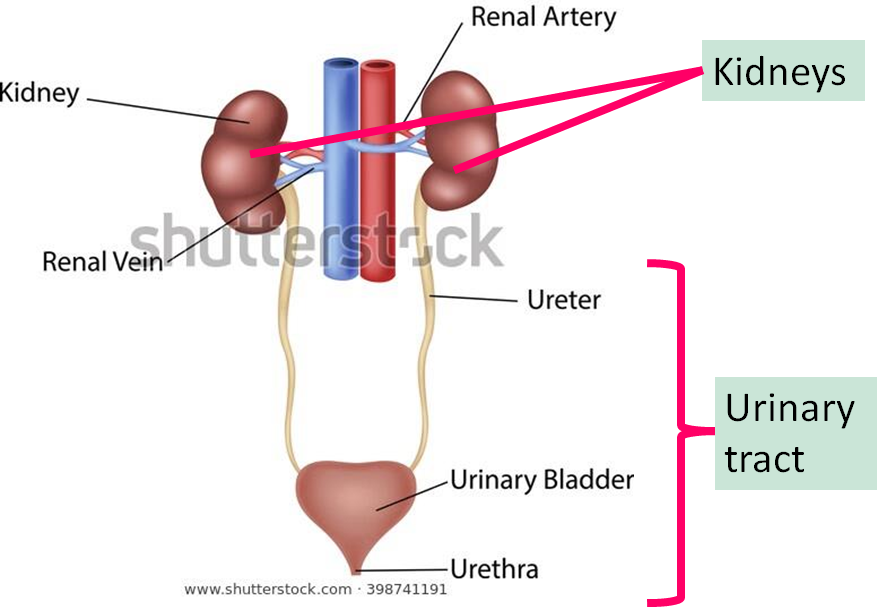1. Blood circulatory system
2. The blood
3. Blood vessels: arteries, capillaries and veins
4. The heart
4.1 The heart cycle
5. Pulmonary and systemic circuit
6. Excretory system
7. Urinary system
Circulatory systems

1. Blood circulatory system

The human blood circulatory system is:
- Closed
- Complete
- Double
2. The blood
Blood a liquid tissue that circulates through the circulatory system.




3. The blood vessels
The blood always circulates through a closed circuit of vessels called arteries, veins and capillaries.
Arteries carry blood from the heart to the organs and tissues. They are thick, strong and elastic.
Veins carry blood from the organs and tissues to the heart. Veins walls are thinner and less elastic than artery walls. Veins have valves that prevent blood from flowing backwards.
Capillaries are the thinnest vessels, they are microscopic that reach all the cells and are connect arteries and veins. Capillary walls have only one layer of epithelial cells. This is essential for gas exchange in alveoli and cells.


Venous valve
4. The heart
The heart is an organ located in the chest cavity between the lungs. The function of heart is to pump the blood through the blood vessels



4.1 Cardiac cycle
The cardiac cycle is the sequence of events that occur during one complete heartbeat. It involves the contraction and relaxation of the heart’s cavities (atria and ventricles). The cardiac cycle is essential for maintaining blood circulation, supplying oxygen and nutrients to the body’s tissues, and removing waste products.

5. The pulmonary and systemic circuit
There are two main circuits in our circulatory system: pulmonary and system circuits.

Pulmonary circuit takes blood from the heart to the lungs and back. In the lungs gas exchange takes place: blood picks up oxygen and releases carbon dioxide
Systemic circuit carries blood (rich in oxygen) from the heart to all parts of the body (tissues, organs…) for delivering nutrients and oxygen to all the cells. Gas exchange takes place: blood picks up carbon dioxide from the cells and releases oxygen.


Interactive heart
https://library.med.utah.edu/kw/pharm/hyperheart/#animation_container
// Lymphatic system
Functions
- Transport of lymph. Collect excess interstitial fluid and return excess lymph to the circulatory system
- Transport substances (like proteins)
- Defense against infection


Components:
- Lymph capillaries and lymphatic vessels: collects the excess of interstitial fluid. Return this fluid to the circulatory system
- Lymph nodes (=ganglios linfáticos). Glands that produce defence cells like white blood cells to fight against infection.
- Lymph: the fluid that flows through the lymphatic system. Lymph is very similar to plasma.


II. Excretory system
- Lungs
- Urinary system
II.1 Urinary system





